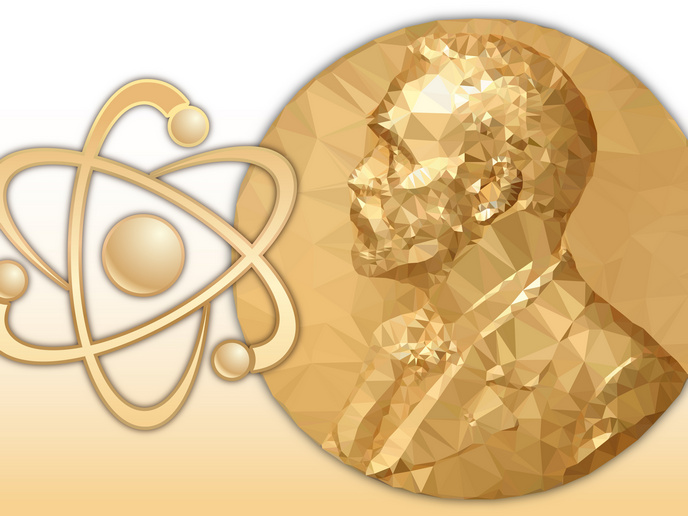Nanotechnology for DNA damage detection
More than 60 % of the patients diagnosed with cancer are treated with radiation therapy to reduce tumour burden. To maximise the damage to cancer cells, it is of utmost importance to understand the fundamental mechanisms underlying DNA radiation damage. At the molecular level, high-level radiation produces secondary low-energy electrons that induce DNA single and double strand breaks. However, there is insufficient evidence on the physicochemical mechanisms of DNA radiation damage, especially on the DNA nucleotide sequences and DNA structures that are most susceptible to damage. To investigate radiation-induced DNA strand breaks, the EU-funded NANORADAM project employed recent ground-breaking advances in DNA nanotechnology to study the interaction of radiation with DNA. These DNA origami platforms provide specific oligonucleotide target structures and the electron induced damage of the target structures is probed on a single-molecule level using atomic force microscopy (AFM). As a result, it is possible to map the radiation damage of different DNA target structures with unprecedented efficiency and accuracy. During NANORADAM, the scientists irradiated specific DNA structures with low-energy electrons and observed a pronounced nucleotide sequence dependence of the strand break cross sections. The incorporation of therapeutically used radiosensitisers, particularly 2-Fluoroadenine led to a considerable increase in strand break cross sections. Researchers also applied the DNA origami technique to a broad range of DNA sequences including G-rich telomere DNA as well as DNA in solution using gold and silver nanoparticles. This generated important insight on the influence of an aqueous environment on DNA strand break yield. Overall, the NANORADAM project provided fundamental knowledge on the mechanism of radiation-induced DNA damage. The identification of DNA target structures that can be most efficiently sensitised to low-energy electrons have important implications for the development of novel therapeutics and the improvement of radiation cancer therapy.







